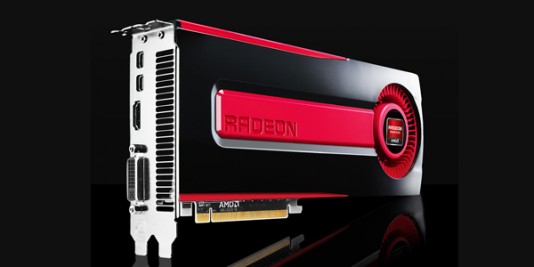Shipments were down 16% from 1Q2011 and down 2% from the previous quarter.
According to a new market report from Jon Peddie Research (JPR), shipments of graphics add-in boards (AIBs) dropped in the first quarter of 2012 (January-March 2012). JPR says the drop was out of the ordinary for how the AIB market usually operates.

JPR says AIB shipments in the quarter did not behave according to past years with regard to seasonality. Overall, and for the PC market in general, 2011 has turned out to be an anomalous year as businesses and consumers take their own path to recovery.
The quarter in general
- Total AIB shipments decreased this quarter from the previous quarter by 2%. (see Figure 1)
- AMD increased market share to 37.8%
- Nvidia market share slipped but it still retains a large majority at 61.9%. (see Table 1)
- Year-to-year in the quarter AIB shipments were down 16%
- Over 88 million PCs shipped worldwide in the quarter, an increase of 1.8% compared to the previous quarter, (based on an average of reports from Dataquest, IDC, and HSI).
Normally, this quarter of the year is down sequentially, and this year’s quarter was no different, but the decline is less than the 10-year average. The change from quarter to quarter is more than last year. Quarter-to-quarter percentage changes are shown in Figure 1.

The ten-year average change for AIBs in the first quarter is -2.5%; this year it was lower.
AMD introduced the new Radeon HD 7900 series early in the quarter and as a result picked up market share. Nvidia got off to a slow start in Q1 and cited two main reasons for the significant decline: The global disk-drive shortage caused by the flooding in Thailand had more impact on the mainstream GPU segment than anticipated. Some PC OEMs were reduced shipments. And the higher prices of disk-drives constrained some PC OEMs’ ability to include a GPU in their systems.
Matrox has not developed a new GPU in years but has found clever and imaginative ways to leverage what they sell. Matrox now specializes in selling to the signage and industrial markets, some low-cost white box workstation builders; the company has completely disappeared from the consumer segment.
S3 is similar to Matrox, and is not investing any new R&D in designs since acquired by HTC for its patent portfolio.
The integrated graphics chips appeal to low-cost segments of the PC market, primarily corporate PCs and very low-end consumer machines. Low cost attracts buyers in these categories rather than graphics capability. Thus, entry-level machines use integrated graphics processors (IGP). Embedded graphics processors are simply replacing integrated chipsets, and not having any impact on add-in graphics boards (AIBs), which are holding steady. However, the new embedded graphics processor from AMD, the A10 (Trinity) has shown very good performance and have replaced entry-level AIBs.

Year to year for the quarter the market decreased. Shipments decreased to 15.8 million units, down 2.95 million units from this quarter last year.





